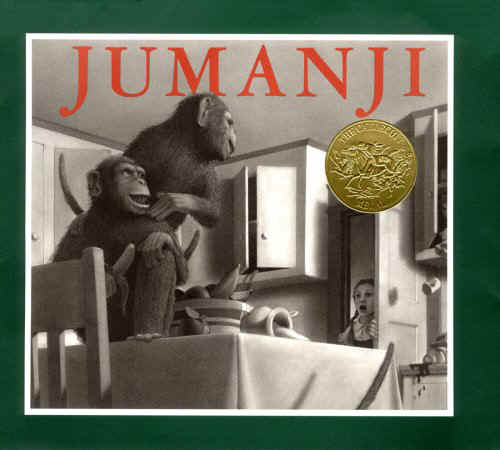How to Sell on Teachers Pay Teachers
· Getting Started: There are two
options for selling on teachers pay teachers.
1.) Basic- Don’t pay anything, earn 60% of your
sales, and pay a $0.30 transaction fee on each sale. If you do this, don’t price anything under
$1.00, because you won’t make any money.
2.) Premium- Pay $60 for a year-long
membership, earn 85% of your sales, and don’t pay any transaction fee.
Please put my name down for recommending you. It won’t make any difference in the money you
make, but it will help me. Here's the link:
· Copyright: You have to give credit on your documents for
every image and font you use. You can’t
use fonts or clipart from Microsoft Word and you can’t use any images from
Google. I learned a lot about
copyrighting from Margaret Whisnant's helpful document that you can find here: http://www.teacherspayteachers.com/Product/Top-5-Copyright-Questions-for-TpT-TeacherAuthors-258511.
· Fonts- Downloading
fonts is easy and fun. I get all of my
free fonts from www.kevinandamanda.com/fonts. Another option is www.dafont.com.
· Images- Graphics are
a little trickier than fonts because making money on an item that uses graphics
requires a commercial license. You either
have to buy a commercial license or you can use images from someone who says it’s
okay to make a profit while using their graphics. I use www.etsy.com/shop/kpmdoodles or www.scrappindoodles.com for most of
my images; these artists allow teachers to sell without a commercial
license. I have to buy the graphics in sets (around $$3-$6 per set), so
I always try to buy graphics that can be used on multiple products. You must save all of your products and
previews as PDF files to lock the images down on the file.
On the cover
page or the last page of your product, give credit to the fonts and
images. Mine says,
Fonts
by www.KevinandAmanda.com/fonts
Artwork
by KPM Doodles www.kpmdoodles.com Copyright 2010
Artwork
by www.scrappindoodles.com
All rights
reserved by author.
Permission to
copy for single classroom use only.
Electronic distribution
limited to single classroom use only.
Not
for public display.
· Creating: I create all of my products in Microsoft
Word. I use a lot of text boxes (use the
“draw text box” feature to keep everything from moving when you insert a new
text box). You can make the boxes
disappear by right clicking and selecting format text box; change the fill and
line color to “No color.” For all text
boxes and images, right click and select text wrapping then choose tight to
make it easier to move everything around.
Save it as a PDF document when you are done. You won’t be able to
edit once you do this.
· Thumbnail photos- In your
original Word document, select View and set it to 33%. Then, open the Snipping Tool on your
computer. Use the Snipping Tool to take
pictures of 4 different pages of your document.
Make sure the first one is your cover page. When uploading your document, you will select
the box that lets you upload your own thumbnails (using TPT’s thumbnail
generator takes a really long time, so this is easier) then choose these 4 images.
· Preview- Go back to
your Word document (not the PDF) and add WordArt over top of the document that
says Preview(format it to tight and also right click, select Bring to Front or
Order, and choose Bring in Front of Text).
Put it on every page and then save this document as a different PDF
document.
·
Pricing: I use
a handy pricing chart from Rachel Lynette to help price my products. You can
find it here: http://www.teacherspayteachers.com/Product/FREE-TpT-Pricing-Charts-for-Sellers-141010.
·
Upload your documents and then pin
them to your classroom Pinterest board to get them circulating to the teachers
on Pinterest.
·
Once you’ve done it a few times,
it gets much easier. If you have
questions, let me know.


